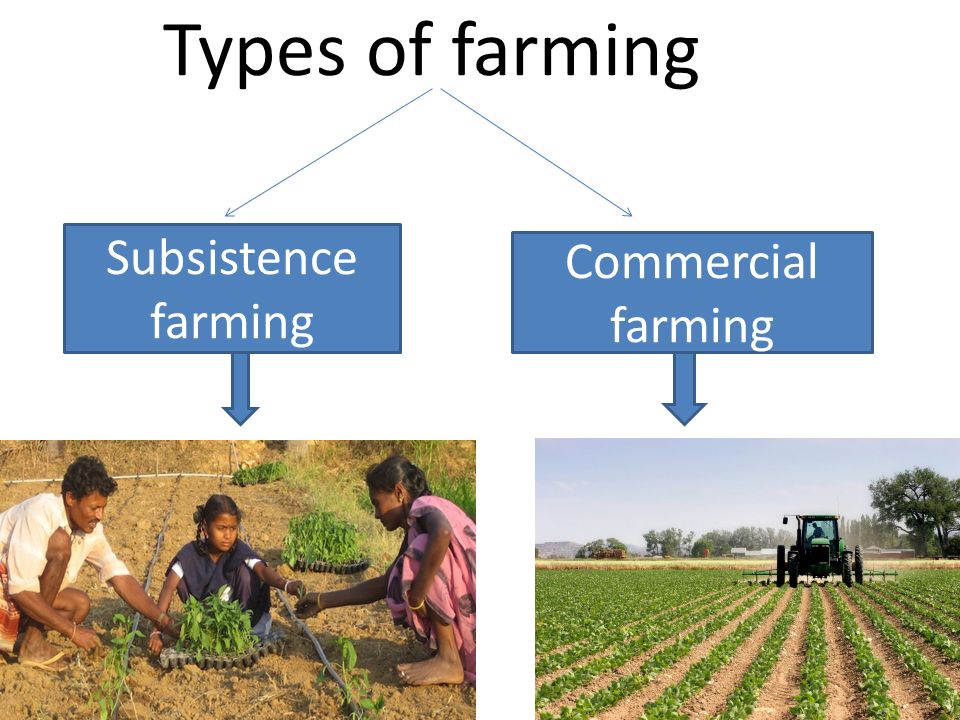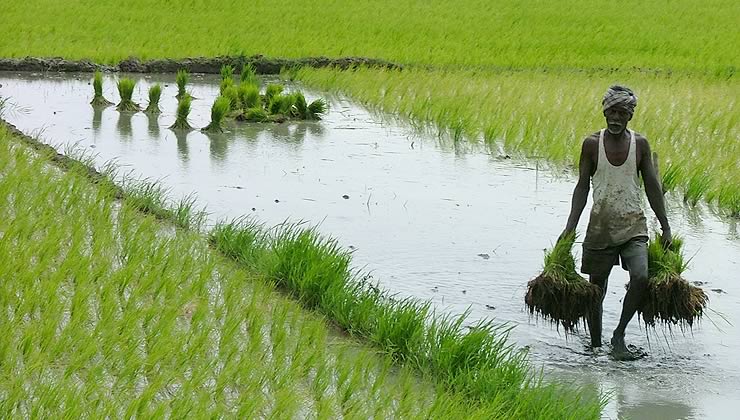A Comprehensive Guide to Commercial Farming vs Subsistence Farming Practices
A Comprehensive Guide to Commercial Farming vs Subsistence Farming Practices
Blog Article
Recognizing the Effect of Chemical-free Farming on Environmental Health
The expedition of organic farming's impact on environmental wellness offers a compelling story of environmental equilibrium and sustainability. By focusing on natural processes over artificial interventions, chemical-free farming methods use an appealing remedy to some of the most important environmental challenges. The possibility for enhanced dirt fertility and decreased contamination are just the start of the more comprehensive effects for biodiversity and ecosystem durability. Nonetheless, real level of these advantages and their lasting stability remain topics of ongoing research and debate. What exists under the surface area of these techniques might redefine our understanding of lasting farming.
Enhancing Dirt Fertility
Enhancing dirt fertility is a foundation of natural farming, as it directly influences plant return and ecological sustainability. Organic techniques focus on the all-natural enrichment of soil health and wellness, mostly via using natural issue such as garden compost, eco-friendly manure, and cover crops. These approaches enhance soil framework, water retention, and nutrition schedule, cultivating a flourishing ecological community of microbes and advantageous insects that contribute to soil health and wellness.
Organic farming eschews synthetic plant foods, deciding instead for natural changes that advertise well balanced nutrient biking. This strategy not only replenishes crucial nutrients like potassium, nitrogen, and phosphorus yet additionally boosts the dirt's capacity to withdraw carbon, mitigating environment change impacts. The integration of plant turning and polyculture techniques better adds to soil fertility by preventing nutrition deficiency and minimizing pest pressure.
Furthermore, the focus on keeping living roots year-round via cover chopping helps in reducing soil disintegration and advertise biodiversity. This organic diversity is critical for lasting farming, as it supports resilience against illness and pests. In recap, chemical-free farming's emphasis on improving dirt fertility not only improves efficiency yet also aligns with more comprehensive ecological goals, making certain long-lasting farming feasibility and eco-friendly balance.
Lowering Air Pollution
Mitigating pollution is a basic element of natural farming, which highlights lasting farming practices that lessen environmental effect. By avoiding synthetic fertilizers and pesticides, natural farming significantly lowers the leaching of harmful chemicals right into dirt and water supply. This technique not only safeguards marine environments but additionally makes sure the purity of groundwater, a vital resource for human and animal consumption. Natural farming's reliance on all-natural plant foods, such as garden compost and green manure, further enhances dirt health and wellness without presenting contaminants.
Additionally, natural farming approaches contribute to air quality improvement. Organic farming usually involves plant rotation and cover chopping, techniques that improve carbon sequestration and lower greenhouse gas discharges.
Moreover, organic qualification standards enforce stringent guidelines on waste management, making certain that farming residues are taken care of in an environmentally responsible manner. These measures jointly diminish the air pollution problem on the environment, advertising a cleaner, healthier ecological community. Therefore, natural farming plays a crucial role in suppressing contamination and fostering lasting farming landscapes.
Supporting Biodiversity
Inevitably, natural farming plays an essential role in advertising biodiversity by fostering a varied environment within agricultural useful reference landscapes. This practice embraces natural processes, avoiding artificial chemicals and genetically modified microorganisms, which can interrupt local vegetation and fauna. By making use of plant turning, polyculture, and the upkeep of natural environments, natural farming supports a variety of species, from soil microorganisms to pollinators and predators that naturally control parasite populaces.
Among the crucial aspects of chemical-free farming that improves biodiversity is the emphasis on maintaining and improving soil health. Healthy and balanced soils serve as environments for a multitude of organisms, adding to vitamins and mineral biking and community resilience. The avoidance of synthetic pesticides and plant foods minimizes dangerous runoff, safeguarding surrounding ecological communities and water bodies from contamination, which frequently results in a richer biodiversity in bordering locations.
Moreover, organic ranches often integrate buffer areas, hedges, and cover crops, which provide additional environments and food sources for wildlife. These functions produce passages for animal movement and boost hereditary variety within populations. By promoting ecological balance and resilience, natural farming aids sustain different life forms, ultimately contributing to the stability and productivity of farming systems and the wider setting.
Conserving Water Resources
By stressing dirt wellness, natural farming enhances the soil's ability to preserve dampness, hence decreasing the need for excessive watering. Strategies such as crop turning, cover cropping, and the usage of natural issue improve the soil framework, increasing its water retention ability.
Additionally, natural farming reduces water pollution by eliminating synthetic fertilizers and pesticides, which are typical contaminants in traditional agriculture. The reliance on natural insect control original site approaches and natural inputs minimizes the runoff of unsafe materials into water bodies, protecting water environments and maintaining the top quality of water sources. This method assists safeguard biodiversity in rivers and supports the wellness of communities reliant on these water sources.
Additionally, natural farmers frequently carry out rain harvesting systems and employ drip watering strategies that successfully supply water directly to plant origins, further maximizing water use. These approaches jointly contribute to the lasting monitoring of water sources, guaranteeing their schedule for future generations while supporting farming performance.

Boosting Carbon Sequestration
Enhancing carbon sequestration is one of the vital benefits of organic farming methods, which play a crucial role in mitigating climate change. By promoting healthier dirt communities, chemical-free farming enhances the soil's ability to store and catch carbon dioxide from the ambience. This is achieved with the application of compost, cover chopping, and lowered husbandry, which add to increased raw material in the soil. As organic matter decays, it develops stable carbon substances that continue to be sequestered in the dirt for prolonged periods.

Furthermore, natural farming lowers dependence on artificial fertilizers, which are linked with greenhouse gas emissions during their manufacturing and application. By promoting a closed nutrient cycle, natural systems reduce emissions while catching more carbon in the dirt. Organic farming stands for a lasting technique to addressing worldwide climate challenges.
Verdict
The influence of natural farming on environmental wellness is extensive, as it boosts dirt fertility, lowers air pollution, and promotes biodiversity. By prioritizing sustainable techniques and all-natural amendments, natural farming decreases chemical overflow, shielding aquatic communities. Techniques such as crop rotation and cover cropping add to carbon sequestration and water preservation, cultivating resistant farming systems. This all natural method supports the wellness of the environment, underscoring the critical function of organic farming ahead of time lasting farming techniques (commercial farming vs subsistence farming).
Enhancing soil fertility is a keystone of natural farming, as it straight impacts plant yield and ecological sustainability. Organic methods prioritize the all-natural enrichment of dirt wellness, mainly through the use of natural issue such as compost, environment-friendly manure, and cover crops. By avoiding synthetic plant foods and pesticides, organic farming significantly decreases the leaching of harmful chemicals right into soil and water systems. By highlighting dirt health, organic farming improves the soil's ability to retain moisture, therefore reducing the requirement for too much watering. By advertising much healthier dirt environments, organic farming enhances the dirt's ability to capture and save carbon dioxide from the environment.
Report this page